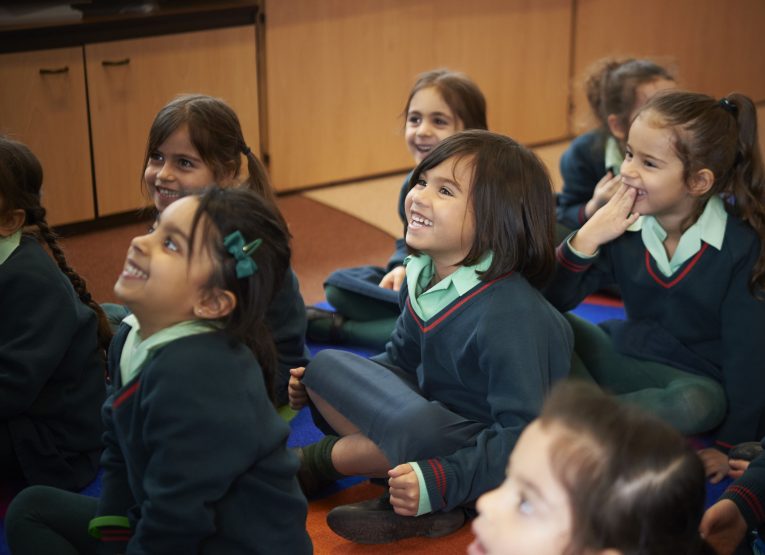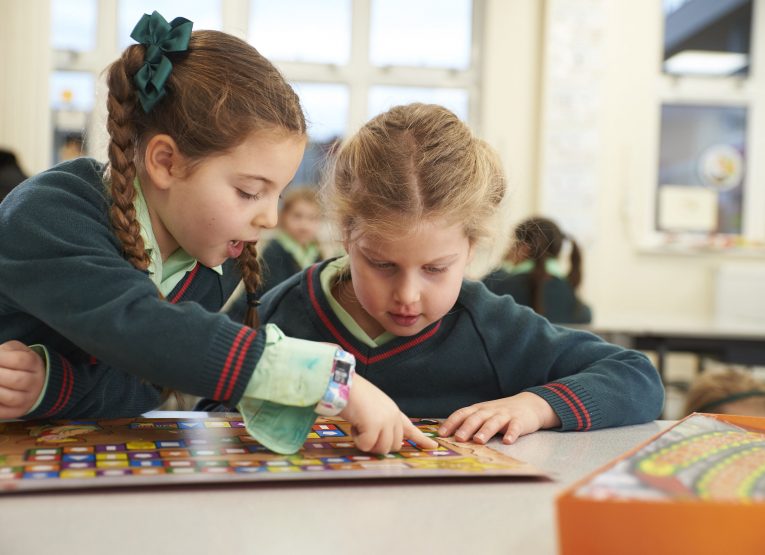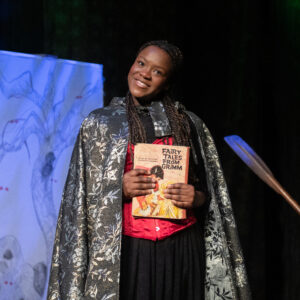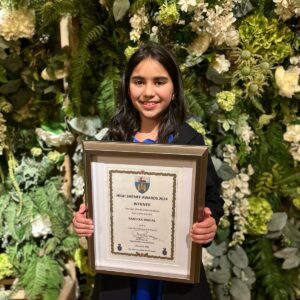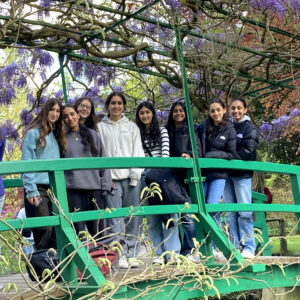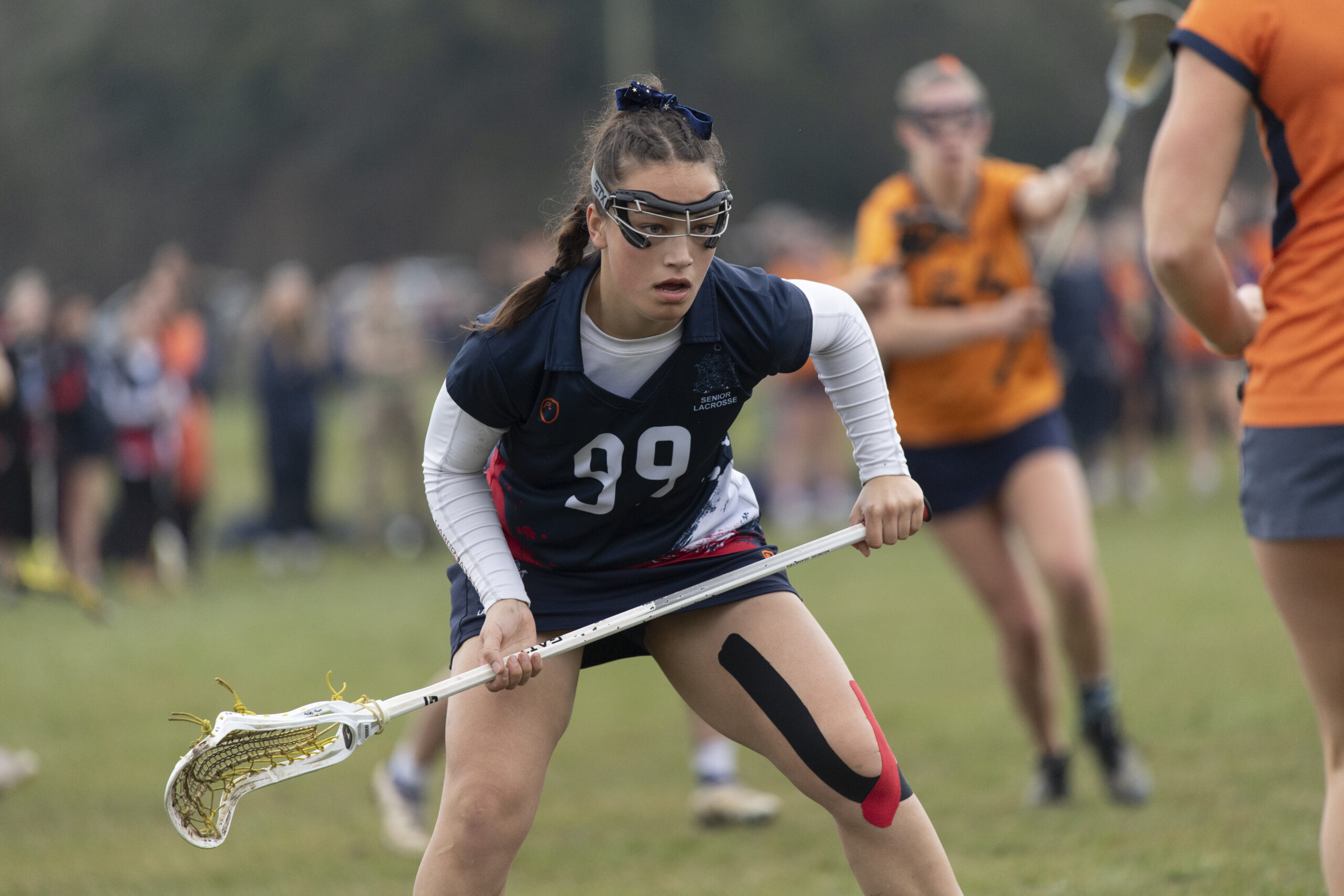We used to admit boys to the Girls’ School and approximately 50 former boy pupils were eligible to fight in the First World War. Three of them lost their lives, these are their stories.
John Belmont Jewell
John Belmont Jewell was born on 27 May 1899 and he attended our school from the summer term of 1905 to Easter 1906, at a time when the school educated boys until the age of 8. He passed the Royal Aero Club Aviator’s Certificate on 23 December 1917 at the Military School in Ruislip where he flew a Maurice Farman Biplane. He became a 2nd Lieutenant of the Royal Flying Corps.
According to his birth certificate, John was the son of John Ernest Jewell, a master chemist, and Rosa Belmont. Unusually, for the time, his birth was registered by his father who stated to the registrar that the mother’s name was ‘Rosa Jewell formerly Belmont’ which implied that they were married. There is no official record of this marriage and, indeed, John Ernest was already married with three children by his wife. The petition for divorce was not filed until 1908. Whether his legitimate children ever knew about their half-brother is open to speculation.
Jewell signed up to fight shortly after his 18th birthday and was posted to Farnborough on 8 August 1917, and he passed as fit to be a pilot on the 30th of that month. From August to December 1917, he was moved around several times but three days after gaining his flying license he was posted to 86 Squadron.
He died whilst flying the Camel near Northolt Junction when the aeroplane spun onto the ground which left no time for recovery. This was a frequent occurrence for inexperienced pilots flying the Camel which was notoriously difficult to control. The term ‘killed in action’ is used, despite the fact that there was no enemy involvement. The jury inquiring into his death described him as being ‘accidentally killed’.
John had experience flying the Maurice Farman, Avro, Sopwith Scouts and the Sopwith Camel (all pictured below).
His funeral took place at St Martin’s Church in Ruislip, and he is buried in the churchyard. He was not yet nineteen years old.
Hubert Victor Pullin
Hubert Victor Pullin was born on 22 June 1897 to George and Harriet Pullin. His family lived at Manor Farm House in Acton and he was the youngest of ten children. Four of their six sons fought in World War I including Claude who was awarded the Military Medal. Claude was one of the first boy pupils to join the school in autumn 1901. He stayed for one term as his eighth birthday was in October.
Hubert attended Haberdashers’ from the second term 1903 until July 1904. He then went to Sir William Borlase School in Marlow from 1911-1913. Amongst many accreditations in the school magazine, The Borlasian, he was a keen football player, described as ‘The most successful player of the year in 1912.’ He also won the Maths and Geography Prize for his year.
Hubert Pullin was a Private in the Queens Own (Royal West Kent Regiment) 7th Battalion and had enlisted on 1 September 1916. According to the Acton Gazette of 7 June 1918, he went to France in May 1917 and had been home on leave in February 1918. He had been reported missing on 21 March 1918 and is reported to have died of wounds. He is buried in the Ham British Cemetery at Muille-Villette.
George Frederick Hodson
George Frederick Hodson was born in 1899 and had four siblings. He was educated at the Haberdashers’ School in Acton from the summer term 1904 to July 1907 and then he followed his older brother, John, to The Haberdashers’ Aske’s Boys’ School in Hampstead with a view to following him to Cambridge. However, this dream was dashed by the outbreak of War and he put his recruitment papers in on his 18th birthday on 8 February 1917.
He applied to join the Royal National Air Service and he went to Crystal Palace as a probationer flight-officer where he got his pilot certificate after a short course. A very able pilot, he was allowed to spend seven weeks at Vendome to gain experience of flying under war conditions. After this, he went on to Cranwell, in Lincolnshire for training in the engineering side of flying. Then, he was transferred to another station, where he had several narrow escapes. Despite choosing the most dangerous branch of service he said to his father, “I’m perfectly happy, and mean to carry on with what I’m doing till the end.”
Hodson’s most thrilling experience was planing down 4,000 feet in a burning aeroplane. A few days earlier, another pilot lost his life in the same situation. Hodson stuck to his machine, turning off the petrol, disconnecting the magneto and managed to flatten out the aircraft only 200 feet from the sea. He borrowed a camera to take a snapshot of the wreckage, highlighting his bravado. On another occasion, he fell into the sea because his engine failed, but that time he was also rescued by a patrol boat.
On 7 August 1918, the Air Council announced that he had been reported missing, and it was his older brother, who was also his commanding officer, who had to inform their parents that he was missing. He is commemorated on the World War I Roll of Honour in the Boys’ School as FG Hodson. Contact with his great niece, who now lives in Australia, revealed that he was known as ‘Fred’ in the family which may explain the confusion over the order of his initials.
George’s two sisters, Mary and Alice, also attended the school in Acton.
He is commemorated on the war memorial at Southampton.











